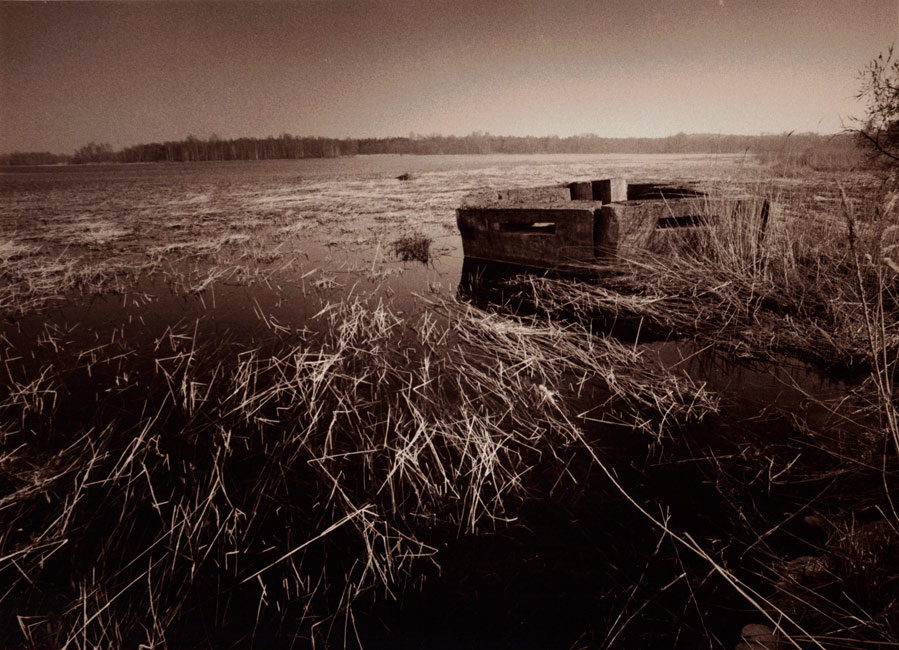 For many of us the current revival of film photography is limited to shooting film which is then scanned or, at best, to commissioning prints from a lab. While this works fine for many purposes, it also takes much, if not most of the magic of film photography away. After all, it is the very process of enlarging your image and making a darkroom print that is the most magical part of shooting film. Still, many of us hesitate to delve into traditional printmaking because they fear they lack the necessary knowledge or that it is a complex process requiring expensive, specialist equipment and large space. If you are one of the photographers who would like to experience the real magic of darkroom work, we have prepared an online workshop for you that will demystify the process. The four hour long online workshop will address all issues connected with beginning to make your own enlargements so as to provide participants with information and skills required to start their own darkroom work. The programme includes: an introduction to the process with detailed explanation of each step an introduction to creating your own darkroom an overview of materials used in the darkroom including their availability and prices an overview of the necessary/useful equipment and of the technical requirements of the process learning to make contact prints an introduction to image manipulation in the darkroom a presentation of all the steps involved in making a black and white silver gelatin print an introduction to re-touching black and white prints an introduction to archival processing There will also be ample time for discussions and question...
For many of us the current revival of film photography is limited to shooting film which is then scanned or, at best, to commissioning prints from a lab. While this works fine for many purposes, it also takes much, if not most of the magic of film photography away. After all, it is the very process of enlarging your image and making a darkroom print that is the most magical part of shooting film. Still, many of us hesitate to delve into traditional printmaking because they fear they lack the necessary knowledge or that it is a complex process requiring expensive, specialist equipment and large space. If you are one of the photographers who would like to experience the real magic of darkroom work, we have prepared an online workshop for you that will demystify the process. The four hour long online workshop will address all issues connected with beginning to make your own enlargements so as to provide participants with information and skills required to start their own darkroom work. The programme includes: an introduction to the process with detailed explanation of each step an introduction to creating your own darkroom an overview of materials used in the darkroom including their availability and prices an overview of the necessary/useful equipment and of the technical requirements of the process learning to make contact prints an introduction to image manipulation in the darkroom a presentation of all the steps involved in making a black and white silver gelatin print an introduction to re-touching black and white prints an introduction to archival processing There will also be ample time for discussions and question...
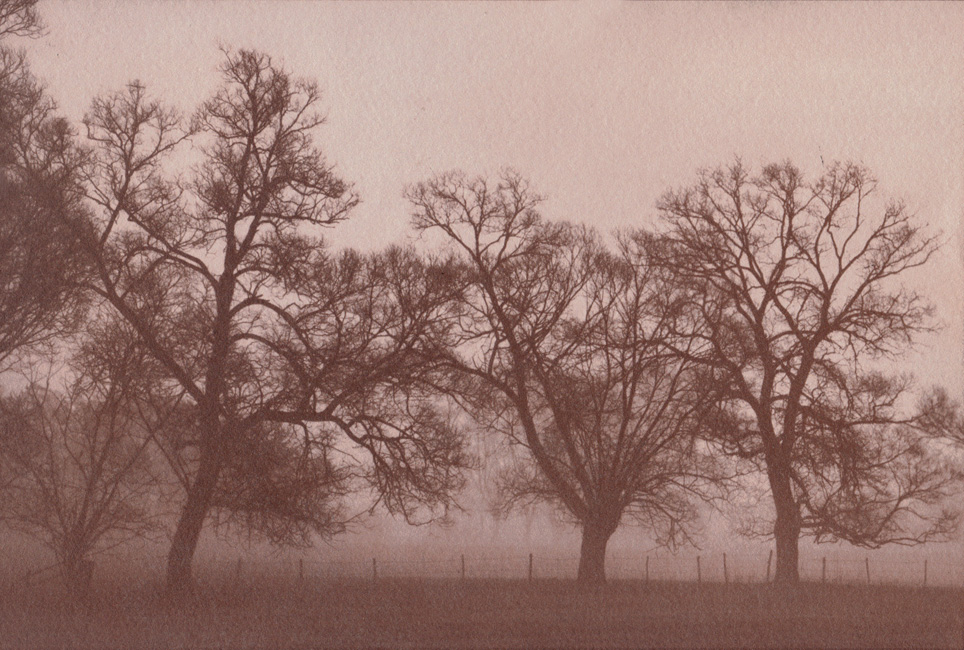 The salltprint and the albumen print are the two processes that almost totally dominated the first decades of photography, especially in Europe. No wonder that these techniques were developed over years, perfected. After years of mistakes diminishing their permanence, photographers learnt to process the images correctly, to tone them, learnt to improve the image quality. It is largely thanks to those developments that the two processes continued their popularity until the early 20th century. If you are interested in mastering the intricacies of albumen and saltprinting and move from beginner to advanced printer, learn how to ensure the print permanence, improve contrast and alter their colour by toning, I am offering an online workshop that will provide an excellent opportunity to do just that. Since both processes are so closely related and the albumen print can actually be thought of as an offspring of the saltprint, the workshop will concentrate on the elements that are common to both of them. If you are also interested in advanced methods particular to saltprinting, the ‘advanced saltprint’ workshop will offer an opportunity to discover them. During this workshop, you will: learn the mothods of controlling contrast common to both processes. learn to tone the prints using gold, palladium and platinum, learn to tone prints using selenium, learn the rules of archival processing, learn to use developers in salt and albumen printing, Similarly to our other online workshops, this workshop will be held in the form of a video conference which will make free discussion and trading tricks possible and will make the workshop resemble working together in the darkroom as closely...
The salltprint and the albumen print are the two processes that almost totally dominated the first decades of photography, especially in Europe. No wonder that these techniques were developed over years, perfected. After years of mistakes diminishing their permanence, photographers learnt to process the images correctly, to tone them, learnt to improve the image quality. It is largely thanks to those developments that the two processes continued their popularity until the early 20th century. If you are interested in mastering the intricacies of albumen and saltprinting and move from beginner to advanced printer, learn how to ensure the print permanence, improve contrast and alter their colour by toning, I am offering an online workshop that will provide an excellent opportunity to do just that. Since both processes are so closely related and the albumen print can actually be thought of as an offspring of the saltprint, the workshop will concentrate on the elements that are common to both of them. If you are also interested in advanced methods particular to saltprinting, the ‘advanced saltprint’ workshop will offer an opportunity to discover them. During this workshop, you will: learn the mothods of controlling contrast common to both processes. learn to tone the prints using gold, palladium and platinum, learn to tone prints using selenium, learn the rules of archival processing, learn to use developers in salt and albumen printing, Similarly to our other online workshops, this workshop will be held in the form of a video conference which will make free discussion and trading tricks possible and will make the workshop resemble working together in the darkroom as closely...
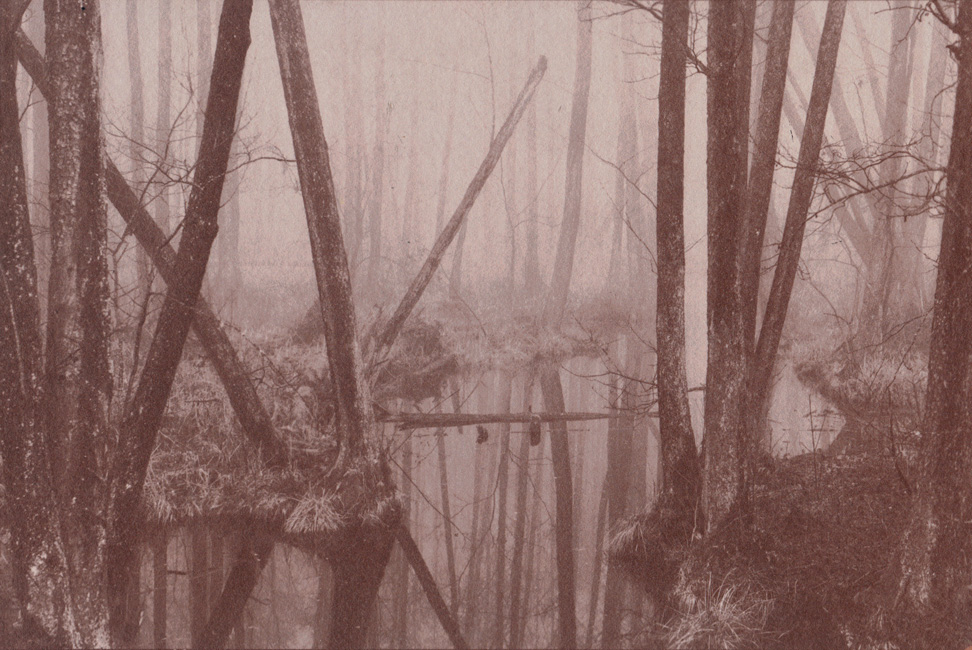 Most of us associate the saltprint with Talbot and his prints made from paper negatives. We think of saltprints as images of low contrast, we remember about difficulties with getting clear highlights. Consequently many of us are slightly sceptical of the process, unwilling to give it a real try fearing of substandard results. In reality, however, it is one of the most amazing, most beautiful processes in the history of photography. After years of modifications and research it was finally brought to perfection, enabling photographers to create images of unparalleled tonal scale and subtlety, at the same time offering an amazing level of control over the actual contrast of the print. If you would like to master the intricacies of advanced saltprinting, join the online workshop. During the four hours of intensive work you will: learn more advanced methods of controling the image contrast, learn to modify the recipe of the saltprint in order to obtain better highlights, combine the saltprint and the albumen print to produce matte albumen, learn to use the papers using modifies recipes, learn to use the reducer for manipulating the image, learn to process and modify large format negatives to the needs of salt printing. The workshop is directed to photographers who have at least the most rudimentary idea about printing with salt. Similarly to our other online workshops it will take the form of a video conference which will not only offer participants an oppotunity to learn new things but also, or maybe above all, an opportunity to discuss and share their ideas and experience as well as to ask questions and get...
Most of us associate the saltprint with Talbot and his prints made from paper negatives. We think of saltprints as images of low contrast, we remember about difficulties with getting clear highlights. Consequently many of us are slightly sceptical of the process, unwilling to give it a real try fearing of substandard results. In reality, however, it is one of the most amazing, most beautiful processes in the history of photography. After years of modifications and research it was finally brought to perfection, enabling photographers to create images of unparalleled tonal scale and subtlety, at the same time offering an amazing level of control over the actual contrast of the print. If you would like to master the intricacies of advanced saltprinting, join the online workshop. During the four hours of intensive work you will: learn more advanced methods of controling the image contrast, learn to modify the recipe of the saltprint in order to obtain better highlights, combine the saltprint and the albumen print to produce matte albumen, learn to use the papers using modifies recipes, learn to use the reducer for manipulating the image, learn to process and modify large format negatives to the needs of salt printing. The workshop is directed to photographers who have at least the most rudimentary idea about printing with salt. Similarly to our other online workshops it will take the form of a video conference which will not only offer participants an oppotunity to learn new things but also, or maybe above all, an opportunity to discuss and share their ideas and experience as well as to ask questions and get...
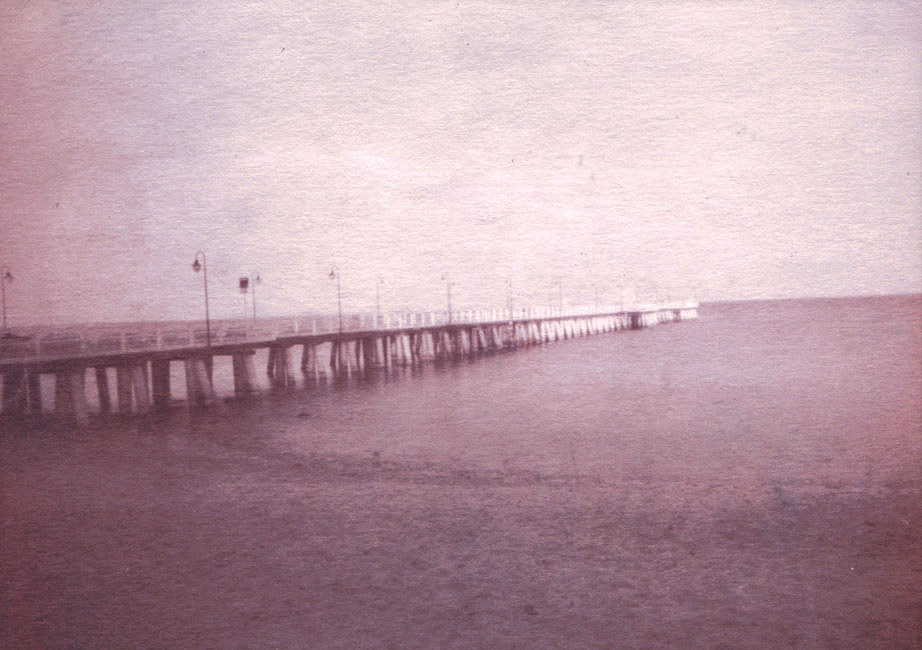 Pinhole photography (also known as camera obscura) is one of the most primitive and at the same time most flexible types of photography. A pinhole camera can be made of almost anything; pictures have been taken with kettles, water closets, suitcases or even holes in the ground. At the same time it is a method that frees the artist from most contraints we associate with modern photography. We are no longer concerned with issues connected with the depth of field, the extremely long exposure times become something natural. The negative no longer has to remain flat and anyway we can choose from a larger range of light sensitive materials than in the case of classical photography executed by means of a lense. If you would like to learn to use this fantastic type of photography and get knowledge and skills needed to start your independent adventure with camera obscura at the same time avoiding the typical errors made by beginners, join my online workshop. During the workshop you will learn to: build your own pinhole camera, select the correct diameter of the pinhole for your camera, assess the diameter of a pinhole of your own make, use various light sensitive materials, develop a negative on photographic paper develop a positive image on photographic paper exposed in camera create a simple lab for pinhole photography Together we will go through the whole process of preparing a pinhole camera and making a photograph with it so that every participant will be able to start their own adventure with this type of photography. The workshop will be held as a video conference...
Pinhole photography (also known as camera obscura) is one of the most primitive and at the same time most flexible types of photography. A pinhole camera can be made of almost anything; pictures have been taken with kettles, water closets, suitcases or even holes in the ground. At the same time it is a method that frees the artist from most contraints we associate with modern photography. We are no longer concerned with issues connected with the depth of field, the extremely long exposure times become something natural. The negative no longer has to remain flat and anyway we can choose from a larger range of light sensitive materials than in the case of classical photography executed by means of a lense. If you would like to learn to use this fantastic type of photography and get knowledge and skills needed to start your independent adventure with camera obscura at the same time avoiding the typical errors made by beginners, join my online workshop. During the workshop you will learn to: build your own pinhole camera, select the correct diameter of the pinhole for your camera, assess the diameter of a pinhole of your own make, use various light sensitive materials, develop a negative on photographic paper develop a positive image on photographic paper exposed in camera create a simple lab for pinhole photography Together we will go through the whole process of preparing a pinhole camera and making a photograph with it so that every participant will be able to start their own adventure with this type of photography. The workshop will be held as a video conference...
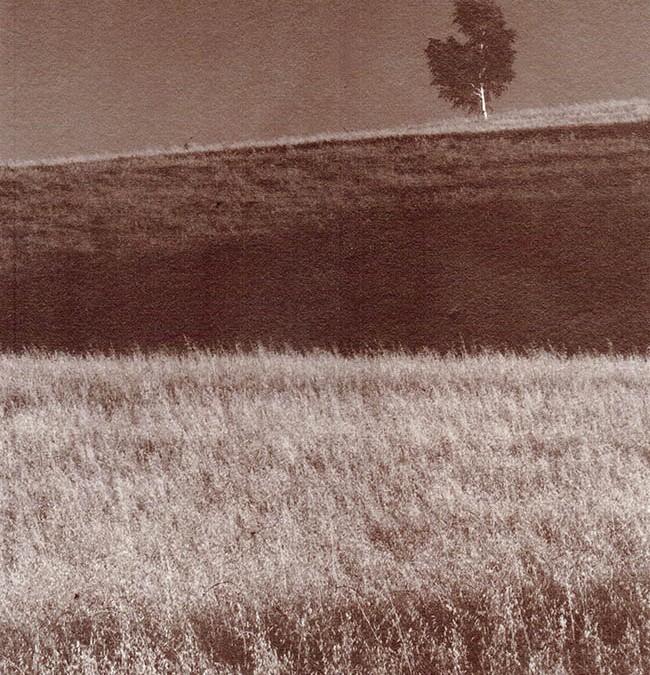 The albumen print is the unquestionable queen of the 19th century, a technique that was used to produce dozens of millions of photographs all over the world. It was a technique that was so popular that it remained in regular use for nearly a hundred years, despite the invention of methods that were more modern, more ‘perfect’ and easier to use. If you’d like to learn the intricacies of this amazing photographic process and get the skills and knowledge required to start working independantly, join my online workshop. During the four hours of the video conference you will: learn to prepare your albumen, find out why some albumen papers are better than the others, learn to choose paper for albumen printing, learn to coat your paper with albumen, learn to sensitize the albumen paper, learn basic methods of controling the contrast of albumen prints, learn to prepare digital negatives for albumen printing, learn to establish the correct exposure time, learn to judge the exposure of the print, learn to correctly process the albumen print, learn the basics of archival processing, learn to prepare images for presentation. The workshop, like all our other online workshops, will be held in the form of a video conference which will enable the participants to ask questions and share observations thus getting as close as possible to the atmosphere of working together in the darkroom. The workshop is suitable for photographers with no previous experience in albumen printing or alternative photographic processes but because of the range of material covered it will also be ideal for those who have already started their adventure with...
The albumen print is the unquestionable queen of the 19th century, a technique that was used to produce dozens of millions of photographs all over the world. It was a technique that was so popular that it remained in regular use for nearly a hundred years, despite the invention of methods that were more modern, more ‘perfect’ and easier to use. If you’d like to learn the intricacies of this amazing photographic process and get the skills and knowledge required to start working independantly, join my online workshop. During the four hours of the video conference you will: learn to prepare your albumen, find out why some albumen papers are better than the others, learn to choose paper for albumen printing, learn to coat your paper with albumen, learn to sensitize the albumen paper, learn basic methods of controling the contrast of albumen prints, learn to prepare digital negatives for albumen printing, learn to establish the correct exposure time, learn to judge the exposure of the print, learn to correctly process the albumen print, learn the basics of archival processing, learn to prepare images for presentation. The workshop, like all our other online workshops, will be held in the form of a video conference which will enable the participants to ask questions and share observations thus getting as close as possible to the atmosphere of working together in the darkroom. The workshop is suitable for photographers with no previous experience in albumen printing or alternative photographic processes but because of the range of material covered it will also be ideal for those who have already started their adventure with...
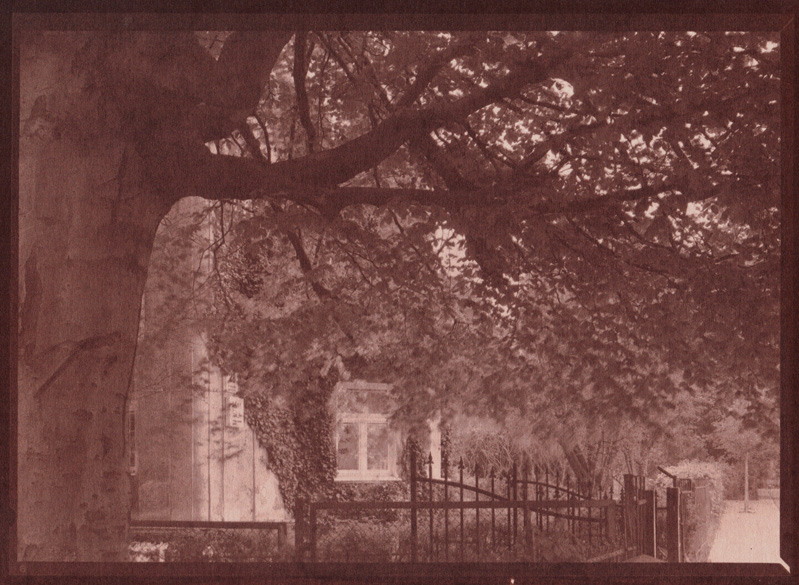 The saltprint, also known as talbotype, is one of the oldest photographic processes and the first process that made it possible to make prints from negatives. And even though it is a truly old process, in knowledgeable hands it still enables the artist to make unparalleled images. Subtle, delicate, characterized with unmatched tonal range. Images not only exquisitely beautiful but also very permanent. If you would like to learn this magical process, join my online workshop which will give you an opportunity to get all the information and skills necessary to start working independently. During the four hours of the intensive workshop held in the form of a video conference, you will: learn about the materials and tools needed to make salprints learn to make your own lightsensitive materials get advice on creating a home darkroom learn the basic methods of controling the contrast of saltprints learn to prepare digital negatives for saltprinting learn to asses the exposure of a saltprint learn to correctly process it get acquainted with the basics of archival processing learn to prepare your prints for presentation Similarly to our other online workshops, this one will be conducted in the form of a video conference enabling free communication and discussion, as well as exchange of ideas and experiences. This way we will be able to get as close as possible to working together in the darkroom. This in turn will make the learning more effective, pleasant and easier than simply listening to a lecture. The workshop is suitable for beginners with no previous experience in saltprinting or alternative printing though the wide range of subjects...
The saltprint, also known as talbotype, is one of the oldest photographic processes and the first process that made it possible to make prints from negatives. And even though it is a truly old process, in knowledgeable hands it still enables the artist to make unparalleled images. Subtle, delicate, characterized with unmatched tonal range. Images not only exquisitely beautiful but also very permanent. If you would like to learn this magical process, join my online workshop which will give you an opportunity to get all the information and skills necessary to start working independently. During the four hours of the intensive workshop held in the form of a video conference, you will: learn about the materials and tools needed to make salprints learn to make your own lightsensitive materials get advice on creating a home darkroom learn the basic methods of controling the contrast of saltprints learn to prepare digital negatives for saltprinting learn to asses the exposure of a saltprint learn to correctly process it get acquainted with the basics of archival processing learn to prepare your prints for presentation Similarly to our other online workshops, this one will be conducted in the form of a video conference enabling free communication and discussion, as well as exchange of ideas and experiences. This way we will be able to get as close as possible to working together in the darkroom. This in turn will make the learning more effective, pleasant and easier than simply listening to a lecture. The workshop is suitable for beginners with no previous experience in saltprinting or alternative printing though the wide range of subjects...








Recent Comments